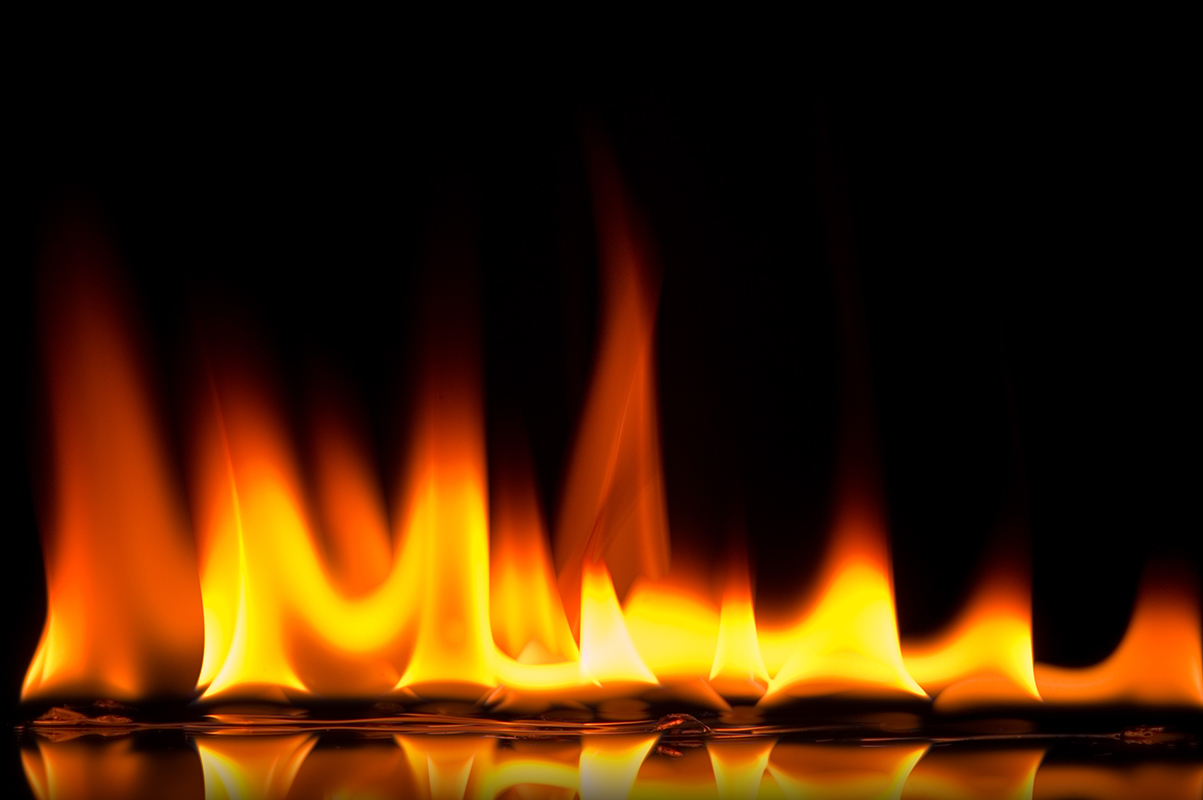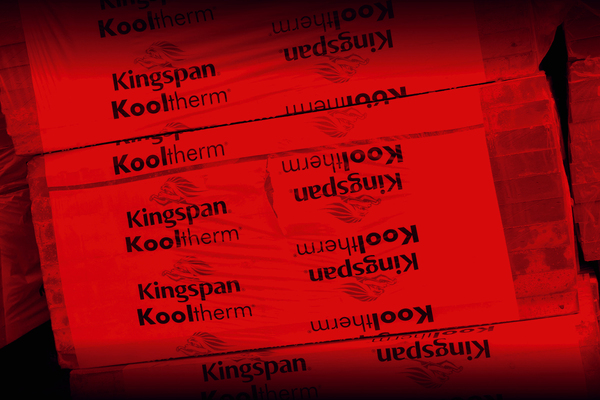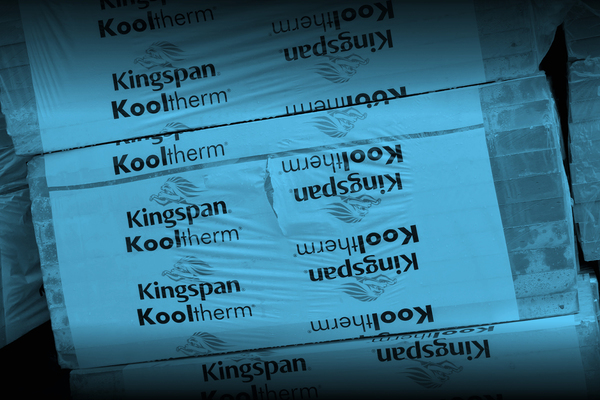You are viewing 1 of your 1 free articles
Our system of fire safety testing is broken
Leaked notes this week raise wider questions about the testing of cladding systems, writes Emma Maier.
Following Grenfell, concerns mounted about building regulations and the room for differing interpretations. Recent debate about the fire testing of cladding systems for high rises only intensify those concerns.
Building regulations require the use of ‘limited combustibility’ insulation on residential towers, but permit systems containing combustible insulation if they pass the British Standard (BS) 8414 test.
Desktop studies have also taken data from previous tests and extrapolated the results to cover different combinations.
The leaked, unofficial notes we report on this week raise issues that prompt questions about how the safety of cladding systems containing combustible insulation is tested.
Does the BS 8414 test examine the right factors? This full-scale test looks at the spread of fire across the surface of the cladding on a system incorporating the usual joints, fixings and fire breaks. But it does not include windows and vents.
Does this specific remit test real-world safety?
Are there alternatives? BS 8414 is the only test mandated. However, others exist. The Fire Protection Association (FPA) has recently completed new tests that include windows and vents, and a hotter fire containing plastic.
The International Organization for Standardization provides rules for intermediate and large-scale testing simulating an internal fire spreading out of a window onto the facade. Recent FPA tests produced different results to the BS 8414 tests; this requires further investigation.
Should systematic review be core to assessing fire safety?
"Why is there not greater transparency around the process?"
In medicine, the gold standard for evidence is the systematic review, where numerous studies are examined and those that meet sufficient quality standards are analysed to answer fundamental questions from a greater range of data.
A BS-8414 fire test being carried out by the BRE
It is legitimate to explore a wide range of evidence when setting a new base standard for fire safety.
Why is there not greater transparency around the process? There is a lack of public information about the testing system and the roles and responsibilities.
The recent move to publish a top-line summary of some BS 8414 tests by the Building Research Establishment is a step forward, but falls short.
Test results are not routinely available in full, and negative results are not published.
In the scientific community, recent debate about such ‘publication bias’ has explored the resulting problems, including difficulty correcting false positives.
Should systems containing limited combustibility insulation be tested? At present only systems containing combustible materials are tested. Should this be extended to limited combustibility systems?
Are desktop studies necessary? These arose because of insufficient capacity to conduct BS 8414 tests, since there are only a handful of facilities globally and many potential combinations of materials. Are there other solutions to this problem? The lack of facilities despite clear demand in the market suggest a market failure. Do we need government to increase testing capacity?
Many more questions arise. Underlying them all is the fact the system is broken.
We need to look beyond that system if we really are to prevent another tragedy.
Emma Maier, editor, Inside Housing
Never Again campaign
Inside Housing has launched a campaign to improve fire safety following the Grenfell Tower fire
Never Again: campaign asks
Inside Housing is calling for immediate action to implement the learning from the Lakanal House fire, and a commitment to act – without delay – on learning from the Grenfell Tower tragedy as it becomes available.
LANDLORDS
- Take immediate action to check cladding and external panels on tower blocks and take prompt, appropriate action to remedy any problems
- Update risk assessments using an appropriate, qualified expert.
- Commit to renewing assessments annually and after major repair or cladding work is carried out
- Review and update evacuation policies and ‘stay put’ advice in light of risk assessments, and communicate clearly to residents
GOVERNMENT
- Provide urgent advice on the installation and upkeep of external insulation
- Update and clarify building regulations immediately – with a commitment to update if additional learning emerges at a later date from the Grenfell inquiry
- Fund the retrofitting of sprinkler systems in all tower blocks across the UK (except where there are specific structural reasons not to do so)
We will submit evidence from our research to the Grenfell public inquiry.
The inquiry should look at why opportunities to implement learning that could have prevented the fire were missed, in order to ensure similar opportunities are acted on in the future.













